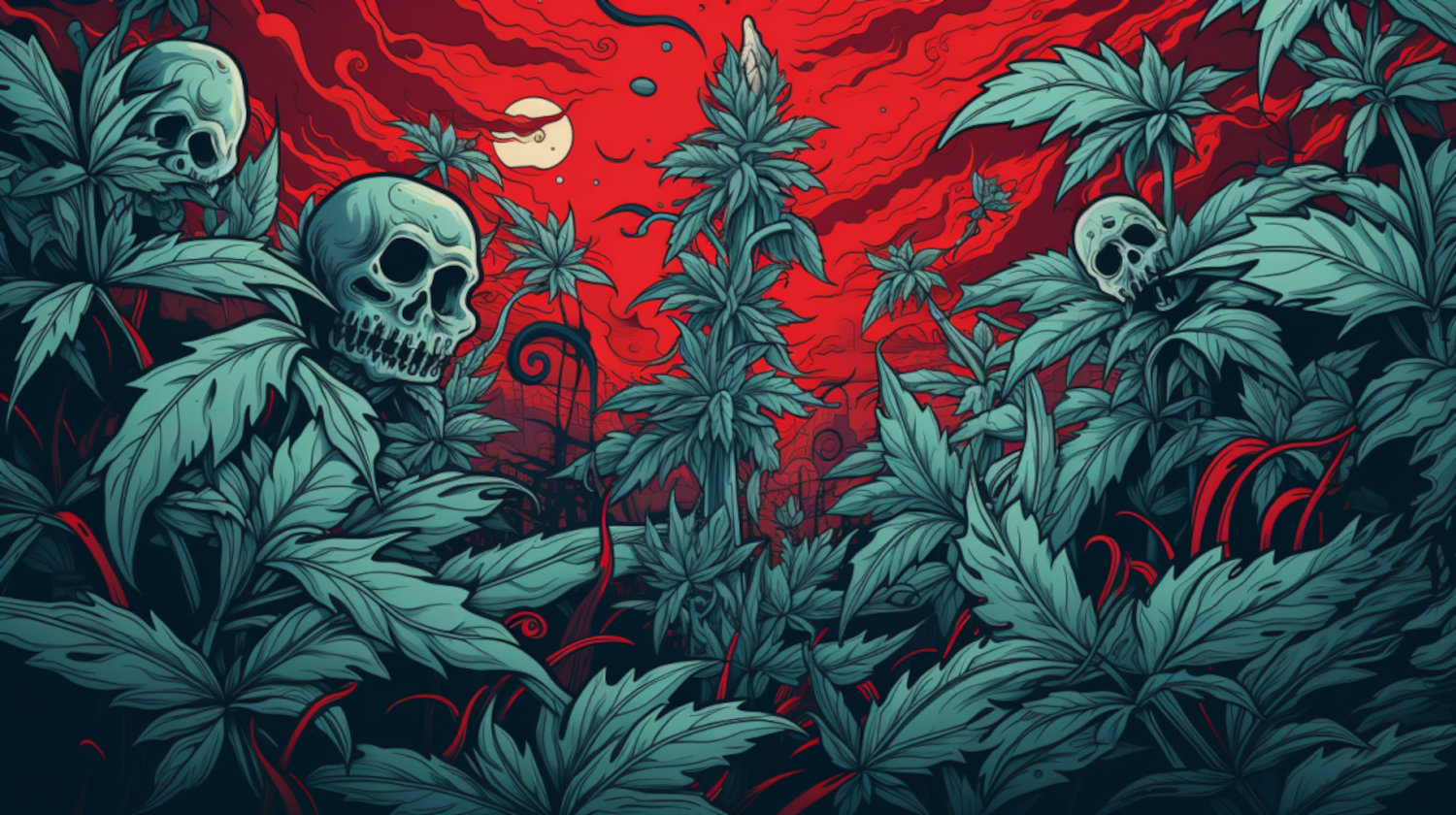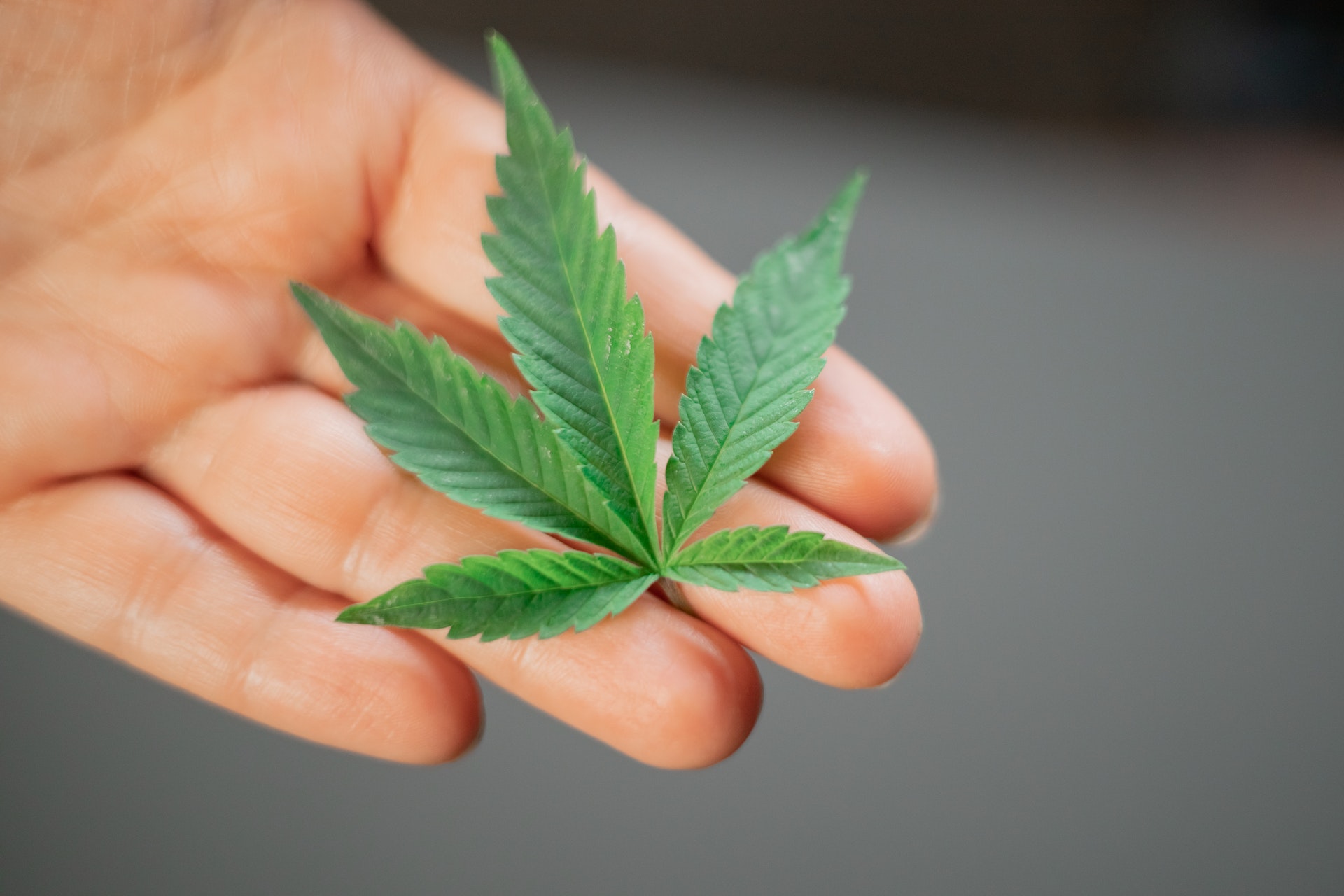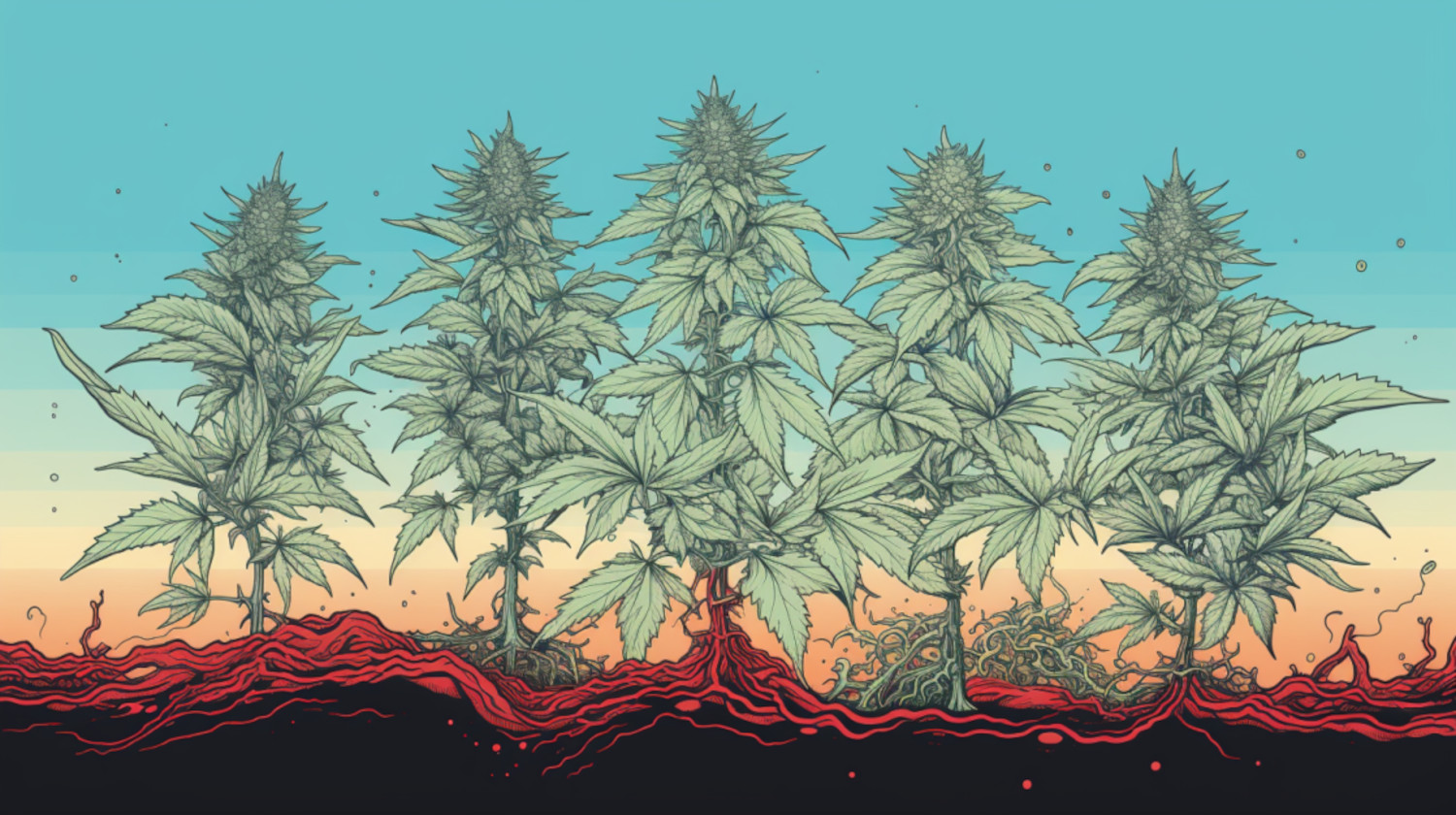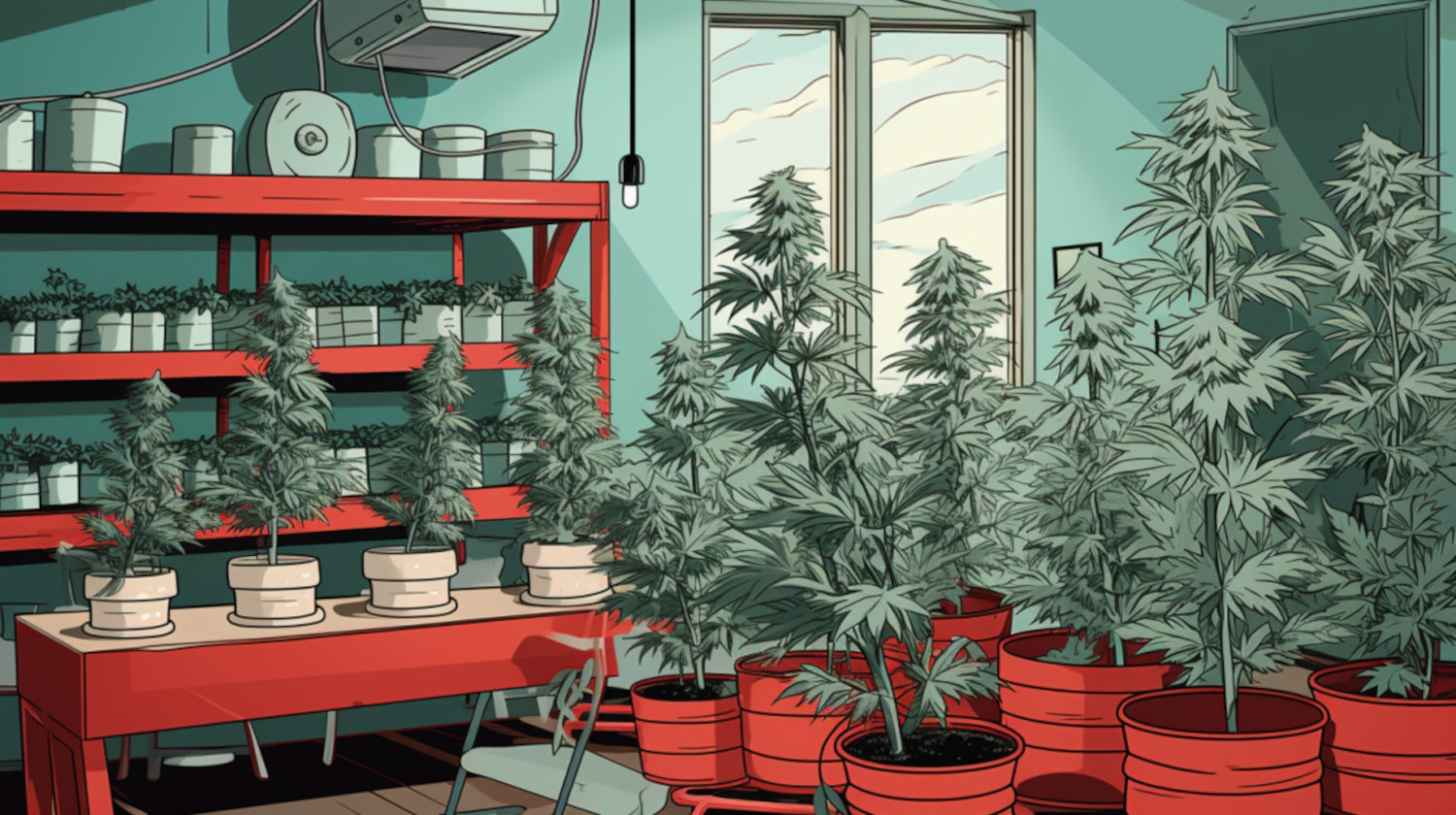In This Article
- What is Bud Rot in Weed?
- What Does Bud Rot Look Like?
- Symptoms of Botrytis Cinerea
- Symptoms of Sclerotinia sclerotiorum
- Symptoms by Diaporthe (Phomopsis)
- Symptoms by Fusarium graminearum
- What Causes Bud Rot?
- Entry and Transmission
- Risk Factors and Favorable Conditions
- How Can You Prevent Bud Rot?
- Growing Conditions to Minimize Risk
- Prevention Measures
- Prevention in Harvested Cannabis
- Salvaging Bud Rot
- Can Cannabis with Bud Rot be Salvaged Before Harvest?
- Salvaging Harvested Bud with Rot
- Is it Safe to Use Cannabis After Salvaging?
- Cultivating Cannabis Against the Odds
- References
For many growers, the idea of mold infesting their cannabis crop is a nightmare. Not only can it devastate entire harvests, but it also poses potential health risks to users.
Among the various molds that can wreak havoc on cannabis, bud rot is a notorious offender. This fungal disease can stealthily infiltrate cannabis crops, compromising their quality and potentially exposing unsuspecting users to tainted products. But fear not; there are ways to recognize, combat, and even prevent this mold from taking over.
What is Bud Rot in Weed?
Bud rot, a term that brings chills to cannabis cultivators and enthusiasts alike, is a destructive mold that preys upon the buds of the cannabis plant. Bud rot is more than just a superficial issue; it’s a mold that has serious implications for the health of the cannabis plant and its consumers.
The primary and most well-known culprit of bud rot is the fungal pathogen Botrytis cinerea.1 Additionally, Fusarium species can also have a devastating impact on cannabis buds. These inflorescence-infecting pathogens are notorious for the destruction they inflict, causing losses of up to 20% on crops and potentially even more post-harvest.
The danger doesn't end here; other fungi, such as Penicillium and Golovinomyces species, also colonize and damage the foliar and flower tissues. Furthermore, recently identified culprits like Diaporthe and Sclerotinia species have also been observed to cause bud rot. These fungi have an insidious nature, producing vast amounts of spores to ensure their spread and dominance.2
When bud rot sets in, it starts rotting the plant tissue, leading to slow decay. The affected buds turn mushy and discolored, eventually swathed in a moldy exterior. Primary signs of bud rot include a damp feel to the buds, a distinct off-putting odor, and patches of dark, necrotic tissue.
The dense interiors of the larger, tightly packed buds, with their elevated humidity levels, are prime targets for these pathogens. The fungi thrive in these conditions, multiplying and spreading rapidly.
A common concern among consumers is the safety of dried and cured cannabis. If the cannabis was infected pre-harvest, traces of bud rot might persist even after drying and curing. Though these processes can stall its progression, they don't guarantee complete eradication of the mold, making it crucial for dispensaries and users to be vigilant.
Another pressing concern is whether bud rot affects the potency of cannabis. As these fungi consume plant tissue and stress the plant, they obliterate the trichomes, which house the cannabinoids. Consequently, the bud loses its potency and desired effects, making it unsightly and less effective.
Recognizing the signs of bud rot and understanding its implications is vital for both cultivators and consumers. Ensuring that cannabis is grown, processed, and stored under optimal conditions can help mitigate the risks associated with bud rot.
What Does Bud Rot Look Like?
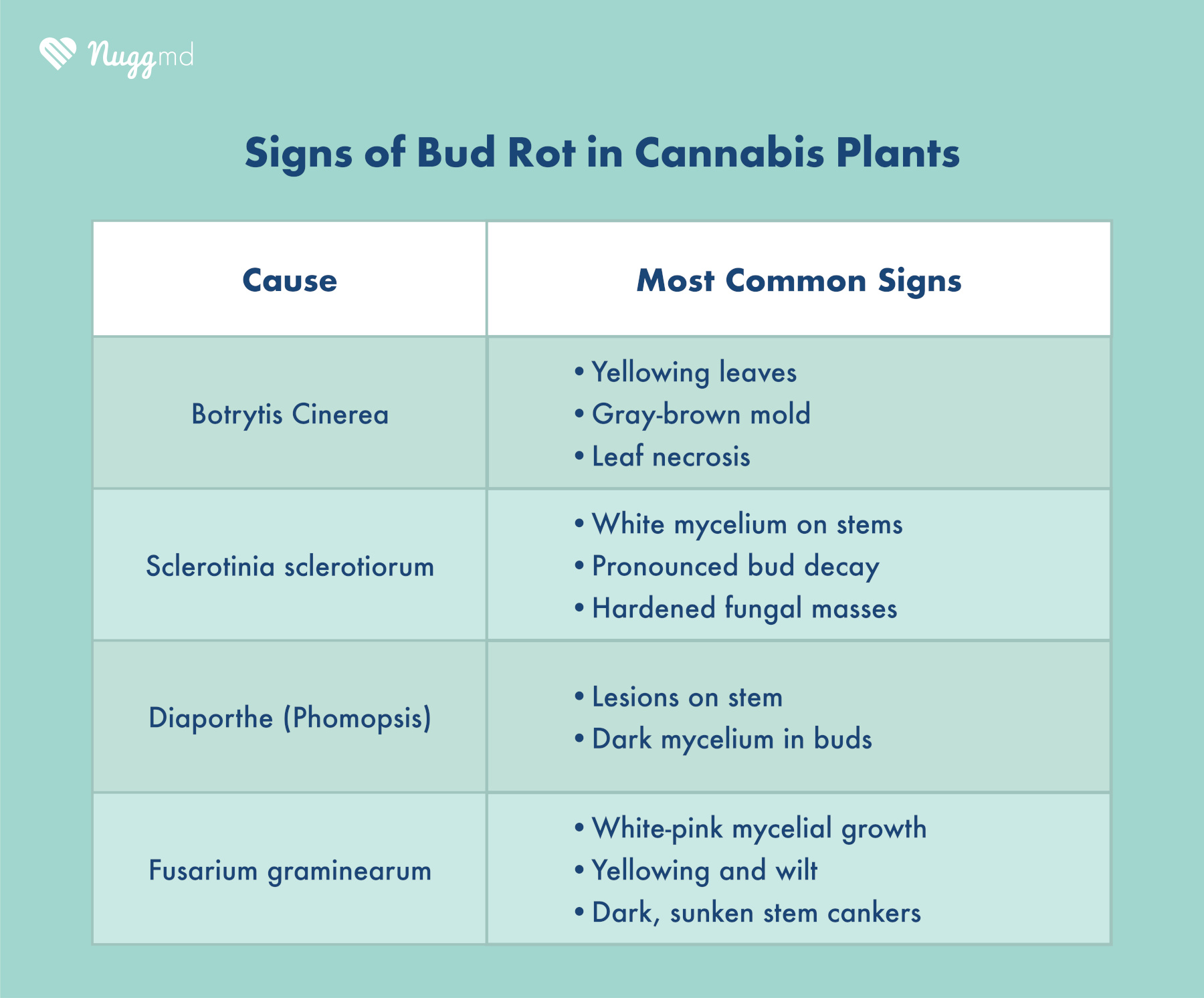
The appearance of bud rot varies depending on the specific pathogen affecting the cannabis plant. Recognizing the early signs of bud rot can significantly mitigate its spread and salvage the remaining healthy portions of the plant.
Symptoms of Botrytis Cinerea
One of the primary pathogens causing bud rot is the botrytis species, specifically B. cinerea. Initial signs of botrytis infection on indoor-grown cannabis buds are the yellowing and necrosis of a bract leaf, often found mid-point or lower on the inflorescence, the plant's flowering structure.
These initial symptoms become more pronounced as the infection spreads internally, affecting adjoining bract leaves and expanding rapidly within a week. As the disease progresses, decay reaches deeper within the inflorescence, eventually leading to the appearance of gray-brown spore masses characteristic of botrytis under humid conditions.
In some instances, the stem may also get infected, especially where a side branch has broken off or on the main stem where buds are attached. Among the Botrytis species, B. cinerea is the most virulent, causing the most severe bud rot.3
Symptoms of Sclerotinia sclerotiorum
This pathogen leads to tissue necrosis and the development of white mycelium, which is the network of fine threads that make up the vegetative part of the fungus. As it advances, there's pronounced bud decay, mycelial growth on stems, and the formation of sclerotia, a compact mass of hardened fungal mycelium.
Symptoms by Diaporthe (Phomopsis)
Inflorescences affected by this pathogen display tissue necrosis and bud decay. Lesions might form on the stems, especially around wound sites. Buds affected by this pathogen might also show dark and brown mycelium (from Botrytis).
Symptoms by Fusarium graminearum
This fungus exhibits a distinct appearance, with inflorescences showcasing prolific whitish-pink mycelial growth over the bract leaves and internal tissues. In some cases, there might be symptoms of yellowing and wilt along with dark sunken stem cankers. The mycelial growth is especially prominent and rapid, leading to significant tissue damage in a short span.
Ultimately, bud rot's appearance depends on the specific pathogen at play. While the characteristic gray mold by botrytis is most commonly associated with bud rot, other pathogens introduce different hues, textures, and decay patterns. The pictures of bud rot in the gallery provide a visual aid, offering a closer look at the many ways this disease can manifest.
What Causes Bud Rot?
Bud rot in weed is primarily caused by various fungi that infect and destroy the cannabis plant's tissues. Notable culprits include the botrytis species, Sclerotinia sclerotiorum, Diaporthe (Phomopsis), and Fusarium graminearum.
Among these destructive fungal pathogens, the botrytis species, especially B. cinerea, is the most damaging. This fungus leads to what many commonly recognize as the characteristic gray mold of bud rot. This fungus is notorious for its opportunistic behavior, readily invading weak, damaged, or aging tissues.
Entry and Transmission
Fungi gain access to the cannabis plant in several ways. One key entry point is through wounds on the plant, which provide an opening for fungal spores and offer a source of nutrients, such as sugars and amino acids, crucial for the pathogen's development.
These wounds can result from trimming, pest damage, or accidental physical injury. Additionally, fungi produce vast quantities of spores to ensure their spread. These spores can be airborne or transferred by pests, water, or human activity, like touching infected plants or handling contaminated material.
Risk Factors and Favorable Conditions
- High Humidity and Moisture: High humidity is a significant risk factor for bud rot. Infection and disease development are notably favored by humidity levels exceeding 90% or the presence of free moisture on the plant. Such conditions are conducive to spore germination and mycelial growth. Durable sclerotia of the fungus can overwinter in the soil, making it a persistent threat.4
- Temperature Range: The fungus responsible for bud rot, especially Botrytis cinerea, thrives at cool temperatures. While 68°F is optimal for its growth, the fungus can grow between 50°F and 80°F.
- Poor Airflow and Plant Spacing: Closely spaced plants, especially in heavy and dense plant canopies, can create a micro-environment that holds moisture, preventing proper aeration and making conditions ripe for fungal development.
- Irrigation Practices: Over-watering or watering methods that leave the plant wet for extended periods can also foster fungal growth.
- Light and UV Exposure: In greenhouses, gray mold sporulation requires UV light. Thus, the intensity of UV exposure can directly influence the prevalence of the mold.
- Nutritional Practices: Excessive fertilization, especially with nitrogen, can influence the plant’s susceptibility to fungal pathogens.
Understanding the various stages of the cannabis plant's life cycle is crucial to preventing bud rot. With a comprehensive knowledge of growth stages, growers can take preventative measures, especially during the flowering phase, when the plant is most susceptible.
How Can You Prevent Bud Rot?
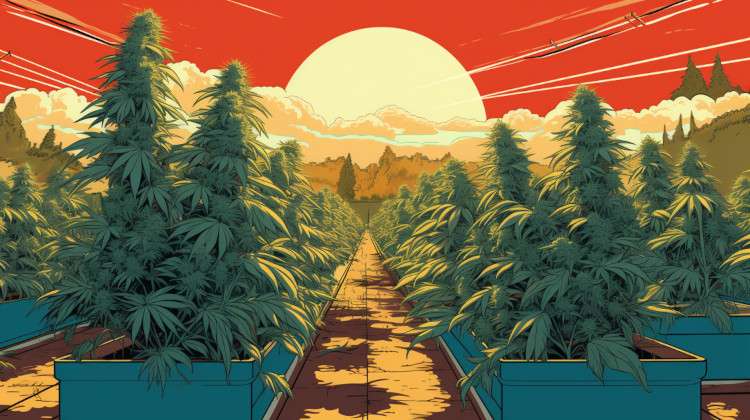
Bud rot can pose a significant challenge for cannabis cultivators, resulting from various fungi's insidious activities. However, with meticulous cultivation practices and an understanding of the environmental factors, it is possible to significantly reduce the risk of this disease.
Growing Conditions to Minimize Risk
- Regulate Humidity and Moisture: High humidity is one of the primary triggers for bud rot. Cultivators should aim to maintain their grow areas at a relative humidity below 50% during the flowering stage to reduce the risk of spore germination.⁴ Regularly monitoring with hygrometers and utilizing dehumidifiers can assist in maintaining optimal humidity levels.
- Limit Irrigation During and After Bloom: Water in the morning to ensure the plants don’t remain wet for more than 12 hours. This helps reduce the window of opportunity for the fungus to grow.
- Choose the Right Cultivars: Some cannabis cultivars develop large, dense buds. These densely packed flowers can retain moisture more than airy buds, making them more susceptible to bud rot. Growers can naturally reduce their risk by choosing cultivars with looser, airy buds.
- Regular Inspection and Pruning: Regularly inspecting plants for early signs of infection allows for prompt intervention. Diseased buds should be pruned out immediately to prevent the spread and must be destroyed to eliminate any risk of further contamination.
- Moderate Fertilization: Over-fertilization, especially with nitrogen, can enhance plants' susceptibility to bud rot. It’s crucial to strike a balance to ensure robust growth without inadvertently promoting disease.
Prevention Measures
- Biological Control Agents: Recent research has highlighted the effectiveness of specific biocontrol agents against B. cinerea:
- Bacillus amyloliquefaciens: Has been shown to create pronounced zones of inhibition against the fungus.
- Trichoderma asperellum: Exhibits overgrowth behavior on the pathogen, restricting its growth and sclerotial formation.
- Gliocladium catenulatum: Although a milder agent, it can still inhibit the growth of B. cinerea to some extent.
- Optimal Plant Spacing and Airflow: Ensuring proper spacing between plants can prevent a moist micro-environment, which fosters fungal growth. Adequate spacing coupled with good airflow, possibly with the help of oscillating fans, can help keep the plant surfaces dry.
- Manage Greenhouse Conditions: If cultivating in a greenhouse, it’s vital to maintain high light intensity. Consider the role of UV light in preventing gray mold outbreaks, as sporulation requires UV light. Filtering out UV light can be beneficial.
Prevention in Harvested Cannabis
The risk of bud rot isn't entirely gone after harvest. Proper drying, curing, and storage are vital to prevent the spread of bud rot post-harvest and keep your buds fresh.
Ensuring buds are adequately dried and stored in containers with a regulated humidity level can help. Using humidity control packs and regularly inspecting stored buds for any signs of mold or rot is suggested.
Salvaging Bud Rot
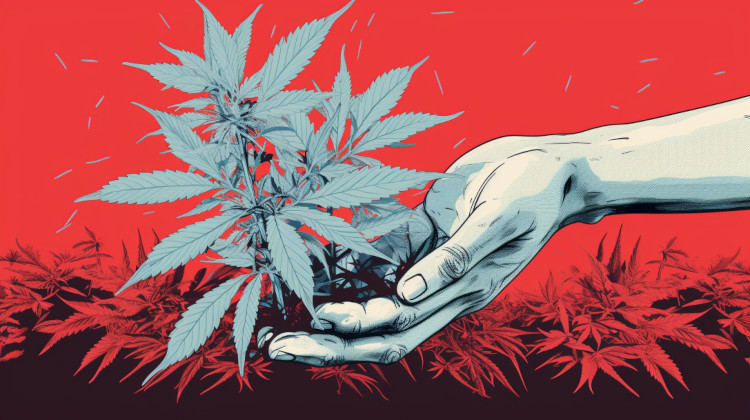
When bud rot, primarily caused by the fungus Botrytis cinerea, strikes a cannabis crop, it can be a devastating sight for cultivators. The immediate question that comes to mind is: Can this crop be saved?
While eradicating bud rot in weed is challenging, some measures can be taken to salvage portions of affected crops pre- and post-harvest.
Can Cannabis with Bud Rot be Salvaged Before Harvest?
- Regular Inspection and Isolation: It is crucial to inspect plants regularly. If you spot signs of bud rot, promptly remove and destroy the affected buds to prevent further spread. The unaffected parts of the plant may still be viable.
- Use of UV Light: Research suggests that UV light can be effective in managing plant diseases. Its efficacy is attributed to its germicidal activity and ability to induce plant defense responses.
- State Regulations on Remediation: In certain states, regulations allow cultivators to remediate flowers with microbiological contaminants using extraction processes. For instance, Oregon permits this method of remediation. However, the flower must be destroyed if it tests positive for mycotoxins.
Salvaging Harvested Bud with Rot
- Electrobeam Irradiation: In Canada, electron beam irradiation can be applied to dried cannabis buds to reduce final mold levels. This treatment has significantly reduced populations of Penicillium spp. and Botrytis.
- Gamma Rays and Cold Plasma Treatment: Irradiation methods, including gamma rays and cold plasma treatments, have emerged as viable options to treat harvested cannabis.
- Organic Alternatives: For organic producers, especially where irradiation is prohibited, alternatives include post-harvest exposure to ozone. Although it’s still being studied, it might serve as a viable mold reduction method.
Is it Safe to Use Cannabis After Salvaging?
If you've used any of the above methods to salvage bud rot in weed, always ensure the final product is safe for consumption. While cannabis doesn’t expire in the traditional sense, its potency and quality can degrade over time. Cannabis is susceptible to changes in aroma, texture, taste, and even mold development, especially if not stored properly.
Cultivating Cannabis Against the Odds
Cultivating cannabis is as much an art as it is a science, navigating through challenges that nature and the environment present. Understanding bud rot, its prevention, and salvage options can significantly enhance the quality and yield of your cultivation efforts.
References
- Williamson B, Tudzynski B, Tudzynski P, A.L J. Botrytis cinerea: the cause of grey mould disease. Molecular Plant Pathology. 2007;8(5):561-580. doi:https://doi.org/10.1111/j.1364-3703.2007.00417.x
↩︎ - Punja ZK. Emerging diseases of Cannabis sativa and sustainable management. Pest Management Science. Published online February 27, 2021. doi:https://doi.org/10.1002/ps.6307
↩︎ - Punja ZK, Ni L. The bud rot pathogens infecting cannabis (Cannabis sativa L., marijuana) inflorescences: symptomology, species identification, pathogenicity and biological control. Canadian Journal of Plant Pathology. Published online June 21, 2021. doi:https://doi.org/10.1080//07060661.2021.1936650
↩︎ - Osterbauer NK, Ocamb CM. Hemp (Cannabis sativa)-Gray Mold (Botrytis Bud Blight and Stem Canker). Pacific Northwest Pest Management Handbooks. Accessed October 3, 2023. http://pnwhandbooks.stage.extension.oregonstate.edu/node/12921/print
↩︎
The information in this article and any included images or charts are for educational purposes only. This information is neither a substitute for, nor does it replace, professional legal advice or medical advice, diagnosis, or treatment. If you have any concerns or questions about laws, regulations, or your health, you should always consult with an attorney, physician or other licensed professional.

